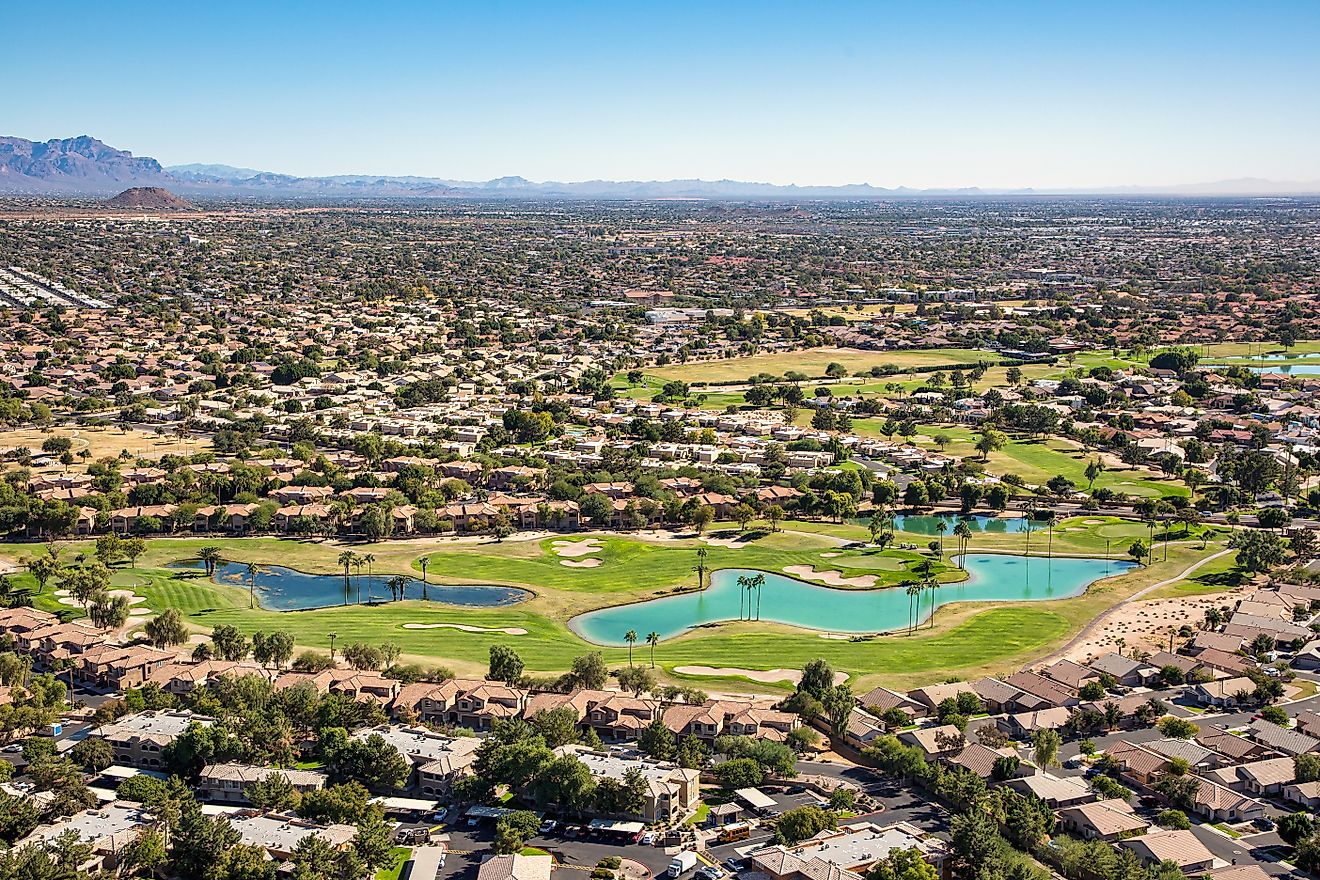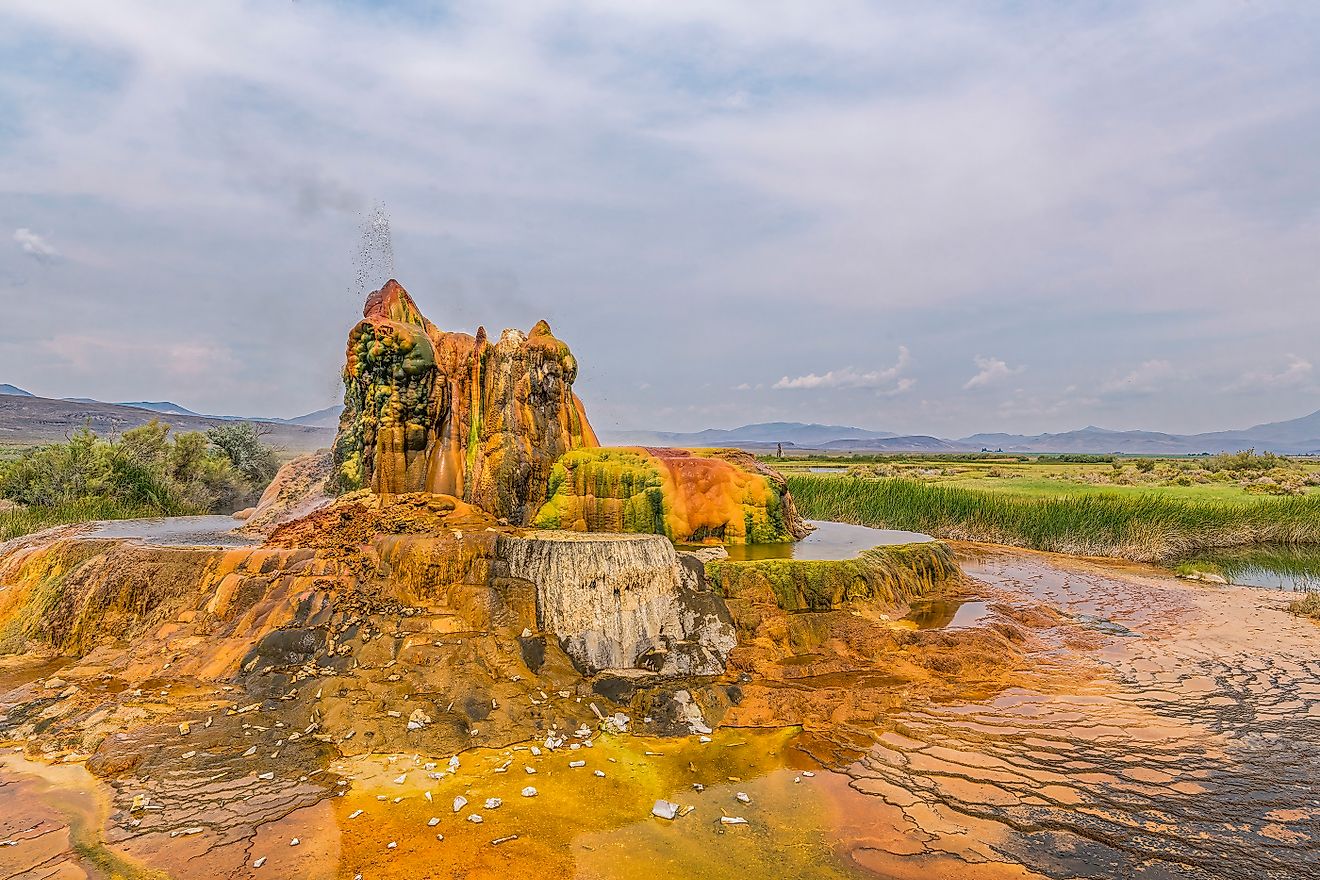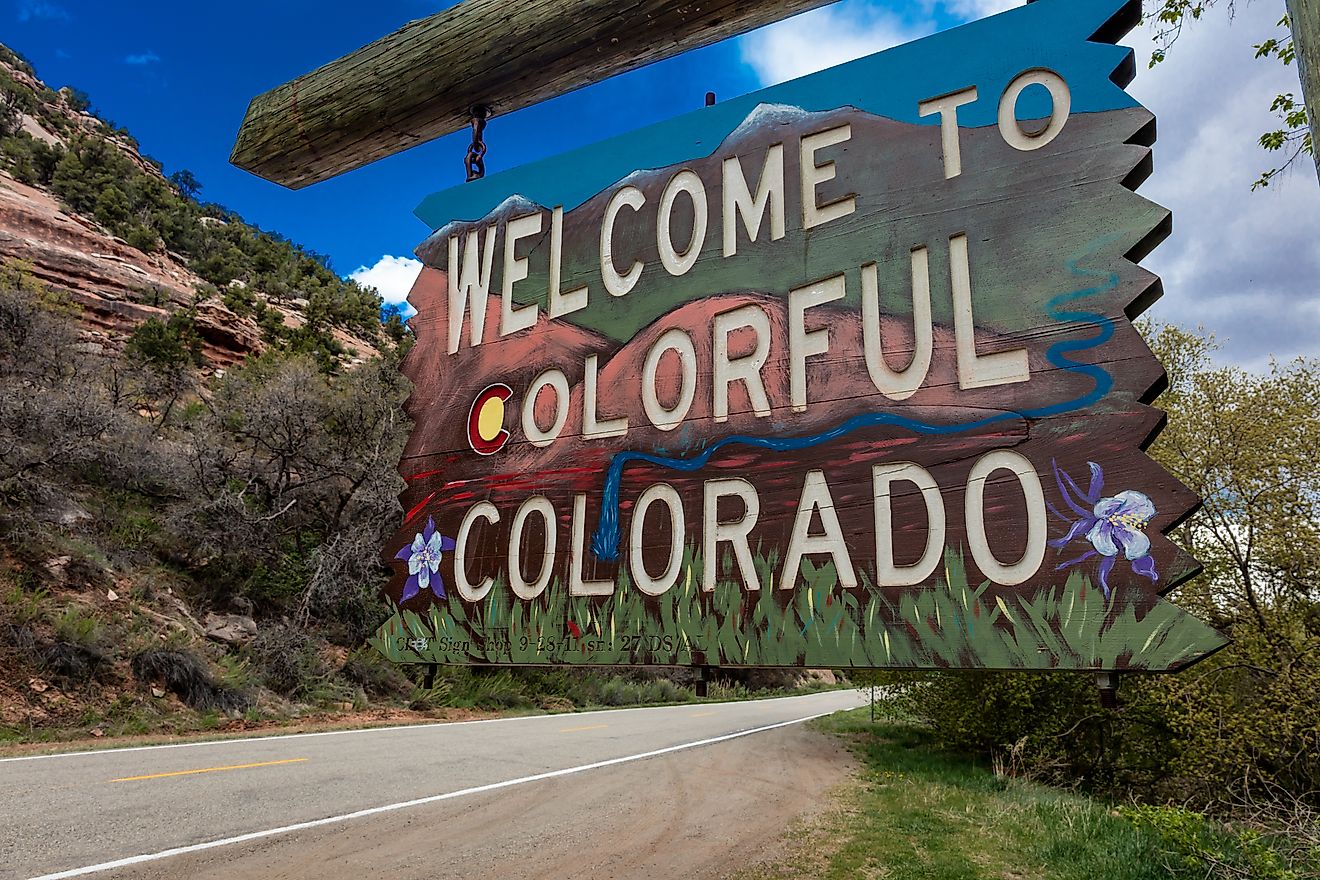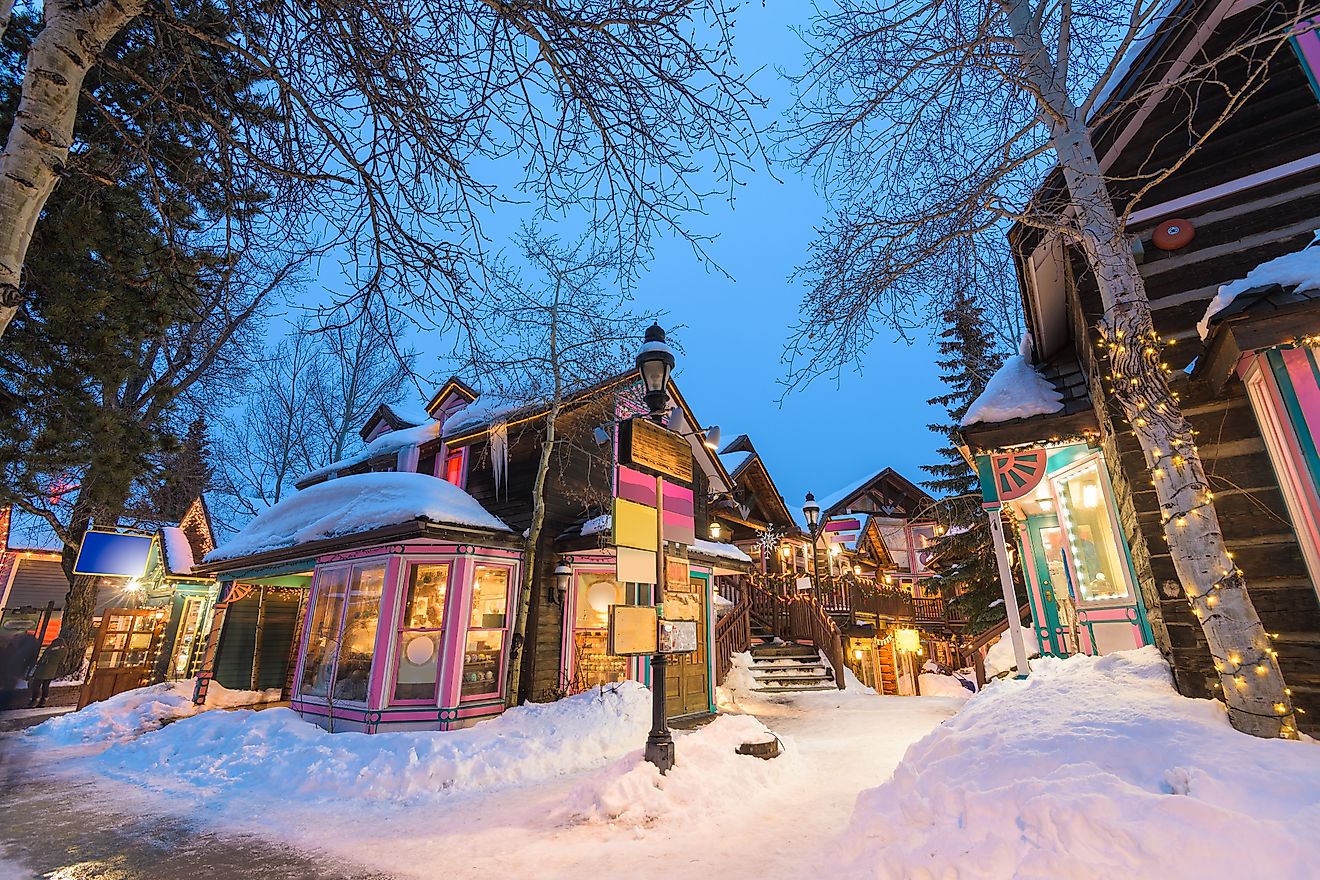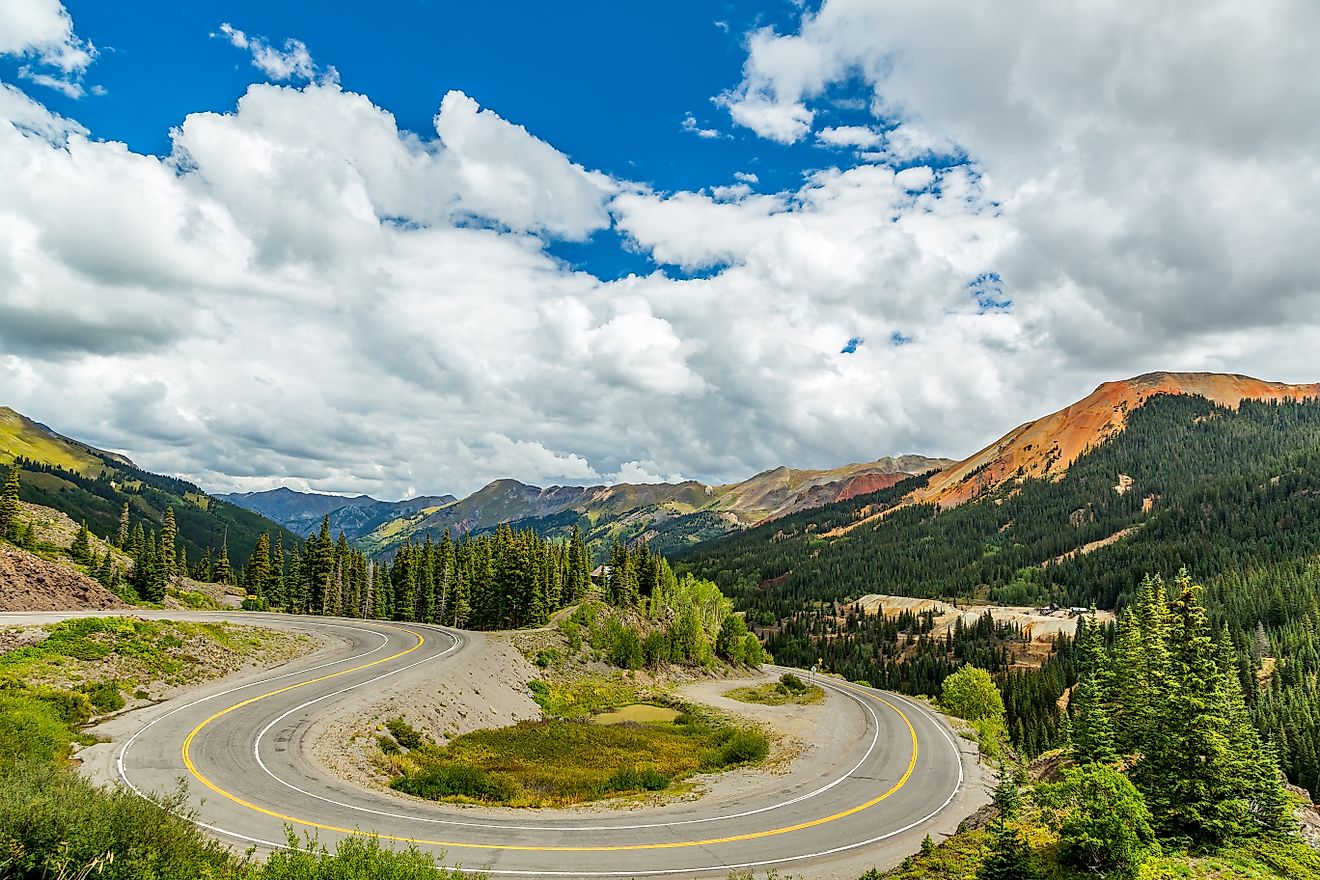
The Only Fourteeners Outside of Colorado
Across the United States, around 96 mountains rise above 14,000 feet, known as fourteeners by climbers and peak hunters. Colorado claims 58 of these peaks, making it the most concentrated region for high-altitude hiking in the Lower 48.
But beyond Colorado, there are nearly 40 additional fourteeners located in Alaska, California, and Washington. These mountains are fewer on each state’s map but offer a very different kind of challenge.
Many of these peaks are remote, glaciated, and shaped by extreme conditions. They include North America’s tallest mountain, the highest volcano in the United States, and several of the country’s most difficult alpine climbs.
Unlike the well-established trails in Colorado, most of these peaks require glacier travel, technical climbing skills, and multi-day expeditions. For those willing to go beyond the popular paths, these fourteeners offer intense and unforgettable alpine experiences.
Here are seven of the most iconic and demanding fourteeners outside of Colorado.
Denali, Alaska
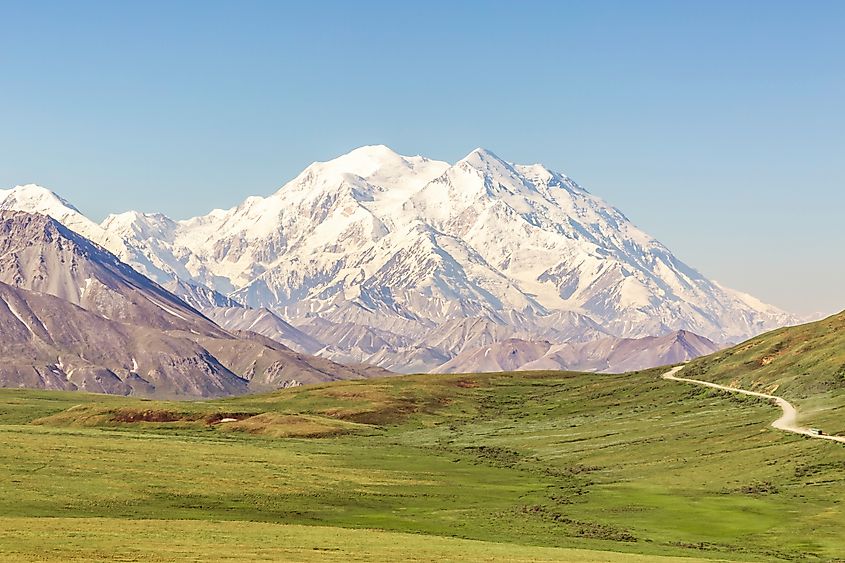
Elevation: 20,310 feet
Range: Alaska Range
Location: Denali National Park and Preserve
Denali is in a league of its own. At 20,310 feet, it is the highest mountain in North America by a significant margin. It also boasts an astonishing 18,000 feet of vertical rise from base to summit, one of the greatest elevation gains of any mountain on Earth.
Climbing Denali is a multi-week expedition through high winds, sub-zero temperatures, and dangerous crevasses. Even elite mountaineers consider it one of the most grueling climbs in the world. Its remote Alaskan wilderness setting only adds to the intensity and the majesty.
Denali is so massive it creates its own weather patterns, often obscuring the summit in clouds even on clear days in the surrounding valleys.
Mount Whitney, California
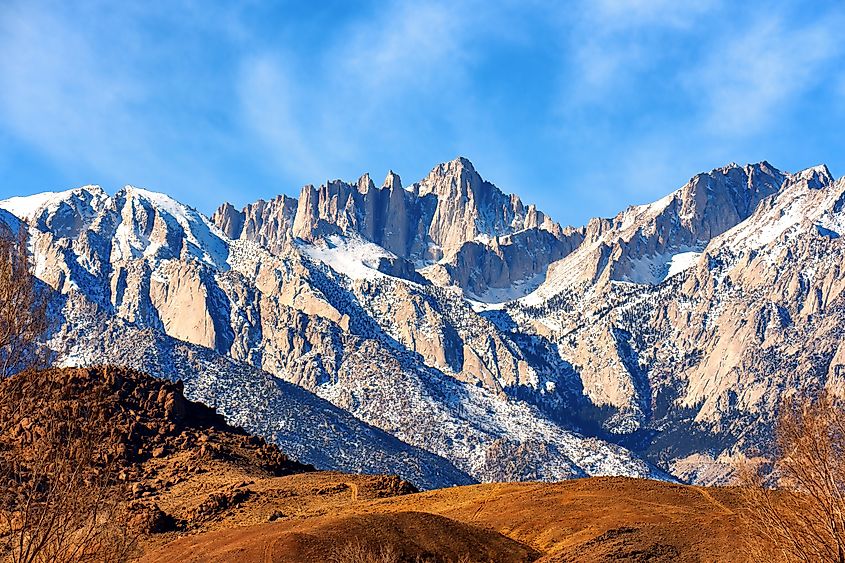
Elevation: 14,505 feet
Range: Sierra Nevada
Location: Inyo National Forest / Sequoia National Park
Mount Whitney holds the title of tallest mountain in the Lower 48 and is also one of the most climbed. While it doesn’t require technical gear in summer, hikers should be prepared for an intense 22-mile round-trip trek that gains over 6,000 feet in elevation.
A permit system helps preserve the delicate alpine environment, and demand is so high that most hikers must enter a lottery to access the trail. On clear days, the view from the summit stretches from California’s arid Owens Valley to the distant peaks of the Great Basin.
Mount Whitney is also the southern terminus of the famous Pacific Crest Trail, which runs more than 2,650 miles from Mexico to Canada through California, Oregon, and Washington.
Mount Rainier, Washington
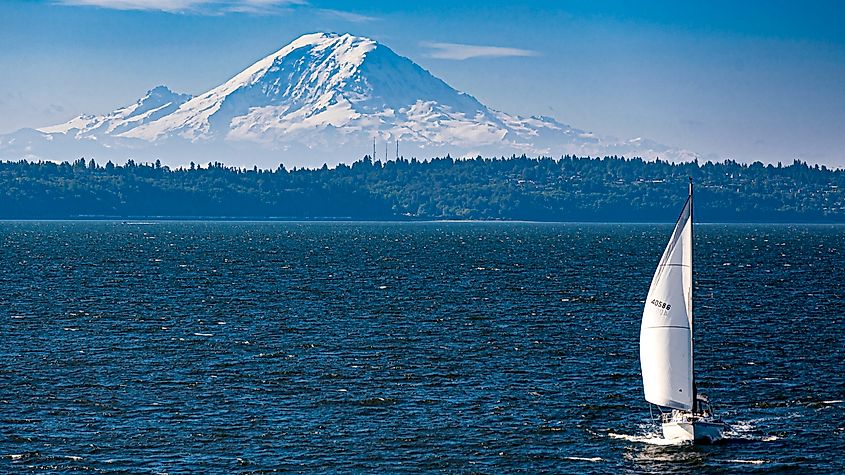
Elevation: 14,411 feet
Range: Cascade Range
Location: Mount Rainier National Park
Mount Rainier is a glaciated stratovolcano and a true icon of the Pacific Northwest. It features 26 named glaciers and rises more than 9,000 feet from its base to the summit, making it one of the most dramatic vertical climbs in the United States.
The mountain’s massive ice fields and unpredictable weather create constantly changing conditions. It is a popular training ground for climbers preparing for peaks like Denali or even Mount Everest, thanks to its challenging terrain and high altitude.
Despite its popularity, many summit attempts are turned back by sudden storms, avalanches, and unstable snow and ice. Mount Rainier is a living mountain, slowly reshaping itself through volcanic activity and glacial movement. Climbers must approach it with caution and respect to safely reach its summit.
Mount Shasta, California

Elevation: 14,179 feet
Range: Cascade Range
Location: Shasta–Trinity National Forest
A solitary giant in northern California, Mount Shasta rises abruptly from the valley floor with over 10,000 feet of prominence. Its snowy flanks are accessible most of the year, attracting climbers, skiers, and spiritual seekers from around the globe.
Mount Shasta offers a wide range of climbing routes, from moderate alpine hikes suitable for experienced hikers to challenging glacier climbs that require technical skills and equipment. The mountain’s glaciers are among the southernmost in the Cascade Range, adding to its unique appeal.
Beyond its physical presence, Mount Shasta holds deep spiritual significance. It is considered a sacred site by several Native American tribes, who believe the mountain is home to powerful spirits and ancient energies. This mystical reputation draws many visitors seeking a connection with nature or personal transformation. The mountain’s dramatic silhouette and pristine surroundings continue to inspire awe and reverence today.
Mount Foraker, Alaska
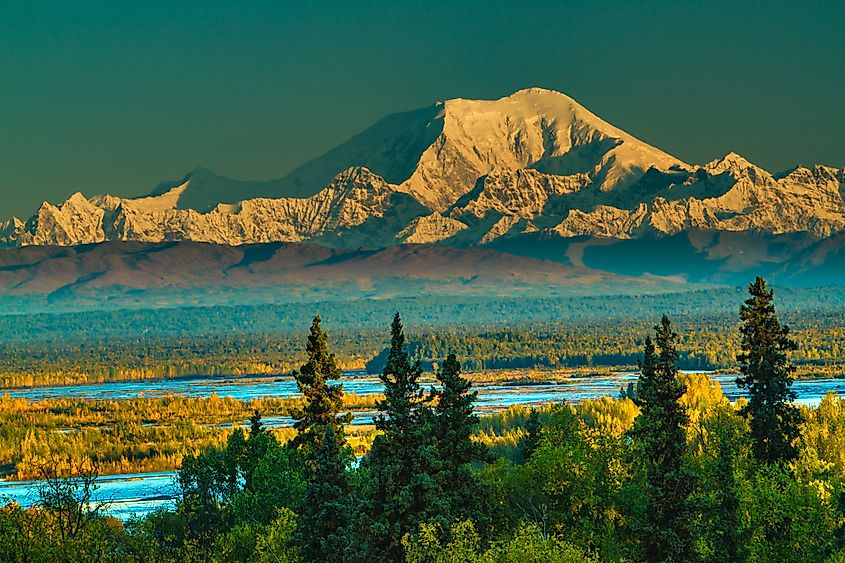
Elevation: 17,400 feet
Range: Alaska Range
Location: Denali National Park and Preserve
Mount Foraker is Denali’s quiet rival. While it doesn’t match Denali in height, it arguably surpasses it in visual beauty and sheer steepness. Located just 14 miles away from Denali, its icy slopes rise sharply from the surrounding glaciers.
Its remote position and razor-sharp ridgelines make Foraker a serious alpine challenge. The mountain sees far fewer ascents, in part because of its demanding technical routes and lack of rescue infrastructure.
Mount Hunter, Alaska
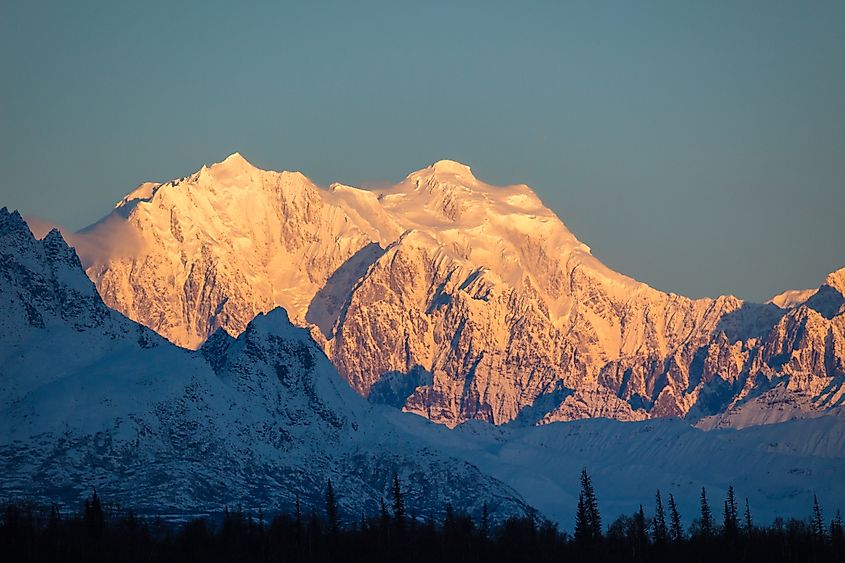
Elevation: 14,573 feet
Range: Alaska Range
Location: Denali National Park and Preserve
Compact and fiercely rugged, Mount Hunter is often considered Alaska’s most technical 14er. Standing at 14,573 feet, its steep ridges, hanging glaciers, and vertical ice walls make it one of the most demanding climbs in North America.
The routes to the summit require advanced alpine skills, including navigating corniced ridgelines, mixed rock and ice sections, and long, exposed traverses. Even in ideal weather, the climb can be slow and treacherous.
Mount Hunter is a favorite for highly experienced climbers who want the intensity of Denali without the crowds, or who are preparing for Himalayan expeditions. Its remote location within Denali National Park adds logistical complexity, and rescues are rare and difficult. Despite its smaller size, Hunter is widely respected as one of the most challenging and committing peaks in the Alaska Range.
North Palisade, California

Elevation: 14,248 feet
Range: Sierra Nevada
Location: Kings Canyon National Park
Tucked deep in California’s rugged Palisade group, North Palisade is both beautiful and formidable. At 14,248 feet, it is the highest peak in the Palisades and the third-highest in the Sierra Nevada. It is also one of the few California fourteeners that require technical climbing skills to reach the summit.
The most well-known route, the U-Notch Couloir, is a classic alpine climb that involves steep snow, glacier travel, and exposed granite rock. Climbers often use ropes, crampons, and ice axes to navigate its challenging terrain. Other routes, like the V-Notch or the Thunderbolt-to-Sill traverse, add even more complexity.
Because of its remote location within Kings Canyon National Park, North Palisade is less visited than peaks like Mount Whitney. The approach is long and rugged, often involving multi-day backpacking through alpine basins and past glacial lakes. For those with the skills and preparation, it offers a dramatic and rewarding summit experience with sweeping views of the surrounding Sierra backcountry.
A Different Kind of Climb
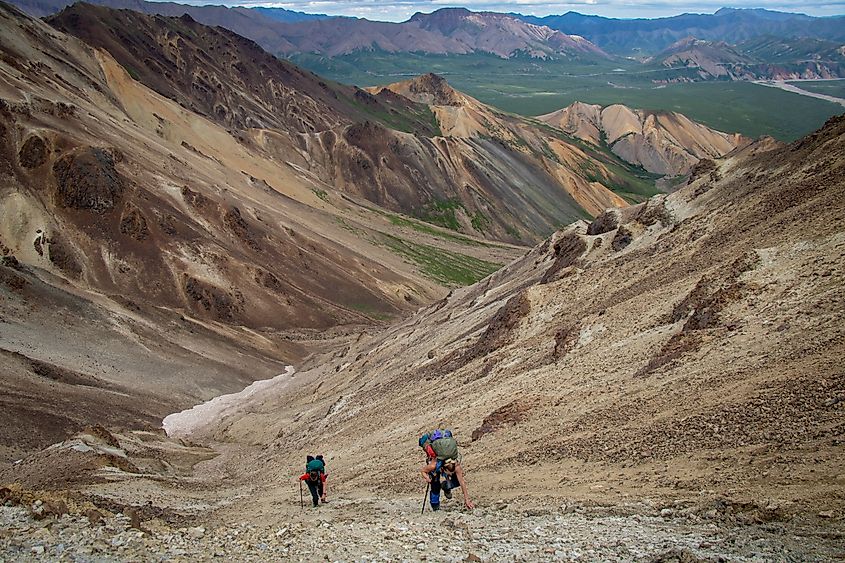
While Colorado holds the majority of the United States' fourteeners, the 11 peaks outside its borders offer a different level of challenge. These mountains are generally taller, steeper, and more remote. Many are glaciated, require technical skills, and involve multi-day expeditions rather than single-day hikes.
They are often located deep in protected wilderness, far from roads or facilities, and are subject to sudden weather changes and complex climbing conditions. These peaks represent the most demanding high-altitude terrain in the country.
For experienced climbers and mountaineers, they offer a true test of skill and endurance. They also highlight the geographic diversity of the United States, from the volcanic summits of California and Washington to the icy alpine ranges of Alaska.
Noteable Fourteeners Outside of Colorado
| Mountain | State | Elevation (ft) | Mountain Range | Key Feature |
|---|---|---|---|---|
| Denali | Alaska | 20,310 | Alaska Range | Tallest mountain in North America |
| Mount Foraker | Alaska | 17,400 | Alaska Range | Technical and remote, near Denali |
| Mount Hunter | Alaska | 14,573 | Alaska Range | Extremely technical, compact but fierce |
| Mount Bona | Alaska | 16,550 | Saint Elias Mountains | Highest volcano in the U.S. |
| Mount Blackburn | Alaska | 16,390 | Wrangell Mountains | Massive and heavily glaciated |
| Mount Whitney | California | 14,505 | Sierra Nevada | Tallest peak in the Lower 48 |
| Mount Williamson | California | 14,379 | Sierra Nevada | Second highest in California, very remote |
| White Mountain Peak | California | 14,252 | White Mountains | Accessible by high-altitude road in summer |
| North Palisade | California | 14,248 | Sierra Nevada (Palisades) | Technical climbing routes, glacial access |
| Mount Shasta | California | 14,179 | Cascade Range | Prominent stratovolcano with alpine routes |
| Mount Russell | California | 14,094 | Sierra Nevada | Rugged and less trafficked, near Whitney |
| Split Mountain | California | 14,064 | Sierra Nevada | Distinctive twin summit, backpacking access |
| Mount Langley | California | 14,032 | Sierra Nevada | Among the more accessible California 14ers |
| Mount Tyndall | California | 14,025 | Sierra Nevada | Steep eastern face, remote wilderness location |
| Mount Muir | California | 14,018 | Sierra Nevada | Short detour from Whitney Trail, less prominence |
| Mount Sill | California | 14,159 | Sierra Nevada (Palisades) | Classic alpine climb with glacier approaches |
| Mount Rainier | Washington | 14,411 | Cascade Range | Heavily glaciated stratovolcano, iconic summit |

